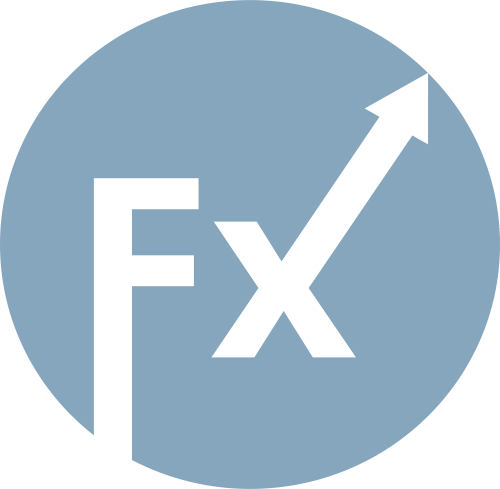Brazilská ekonomika vykázala v prvním čtvrtletí silný růst, jak ukazují pondělní údaje centrální banky.
Index ekonomické aktivity IBC-Br, který slouží jako předběžný ukazatel HDP, vzrostl mezi lednem a březnem oproti předchozímu čtvrtletí o 1,3 %.
However, the Labor Party's Chancellor of the Exchequer announced that the freeze on personal income tax thresholds, which is currently in effect, will be extended for another three years — meaning they will not be raised in line with inflation. Critics have called such measures a form of fiscal drag and a hidden tax raid. Clearly, this is a continuation of the tactics used by Reeves' Conservative predecessors to avoid political backlash from effectively raising tax rates.
This freeze has far-reaching consequences. As wages and inflation rise, more and more people fall into higher tax brackets, which means that a larger portion of their income is taxed at higher rates. Despite their nominal salaries increasing, their disposable income essentially decreases, putting pressure on household budgets and reducing consumer spending. The effects of such "fiscal drag" will be felt not only by higher-income workers. Since thresholds are not adjusted for inflation, more people with moderate incomes will also find themselves trapped into paying higher taxes. This is particularly problematic in the current economic climate, where many families are already struggling with the rising cost of living.
But as the government faces enormous debt and the need to fund public spending, the extra revenue generated by fiscal drag may seem like an attractive solution. Critics, however, argue that this is a short-sighted policy that harms economic growth.
According to estimates from the Office for Budget Responsibility, this measure will allow the government to collect about £13 billion by 2030–2031, as millions of Britons suddenly discover that their salaries place them in higher tax brackets. By the end of the period, nearly one in four taxpayers will fall into one of the two highest income tax categories, compared with 15% in 2021–2022.
The repeated use of this policy has significantly contributed to increasing the UK's tax revenues to a projected historic high of 38% of GDP. Starmer and Reeves had criticized the Tories for delays in fiscal policy while in opposition, and the Chancellor even praised her own decision to reverse the freeze in her first budget last year, claiming that otherwise it would "harm working people." But as we can see, none of those promises were fulfilled.

On Wednesday, when journalists pressed Reeves about reversing the freeze, she said she was making the choices necessary to balance the country's finances and listed other measures aimed at reducing the cost of living. "I am being open and honest," Reeves said. "From 2028 onward, thresholds will be frozen for a longer period, and of course that comes at a cost. But we are now putting money in the pockets of working people."
The freeze means that by the end of the forecast period, 5.2 million people will still be paying the basic income tax rate of 20%. Another 4.8 million will move into the higher 40% tax bracket for those with annual incomes between £50,271 and £125,140. Another 600,000 will move into the top tax bracket of 45% for the highest earners.
The British pound reacted with growth to the new tax maneuvers involved in setting the budget and its expenditures.
As for the current technical picture of GBP/USD, buyers of the pound need to take control of the nearest resistance at 1.3270. Only then will it be possible to target 1.3310, above which a breakout will be quite difficult. The most distant target is the 1.3335 level. In case the pair declines, the bears will try to regain control over 1.3245. If they succeed, breaking this range will deal a serious blow to the bulls and push GBP/USD toward the 1.3215 low, with the prospect of reaching 1.3185.
Regarding the current technical picture of EUR/USD, buyers now need to focus on taking the 1.1615 level. Only then will a test of 1.1635 become possible. From there, it may be possible to climb toward 1.1655, though doing so without support from large market participants will be quite difficult. The most distant target is the 1.1675 high. In the event of a decline in the trading instrument, only around 1.1590 do I expect any significant activity from major buyers. If no one appears there, it may be wise to wait for an update of the 1.1570 low or to open long positions from 1.1550.

QUICK LINKS